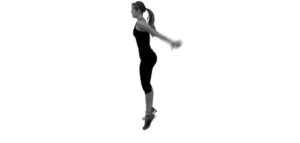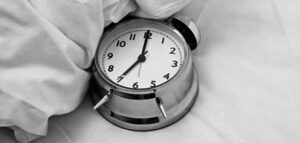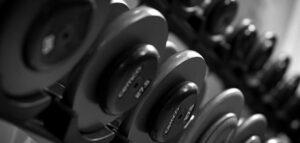
A recent survey discovered that the average British woman will spend 31 years of her life on a diet! If you’re looking to banish the fat, take a look at these exercising tips.
Explode the fat
Also known as jump training, plyometric exercises, involve stretching the muscles prior to explosively contracting them.
This type of training mimics the motions used in sports such as skiing, tennis and volleyball. Due to the level of intensity of this type of training, it results in high calorie expenditure.
Bear the load
Weight-bearing activities, such as walking and running, use more calories than those in which your weight is supported, like swimming and cycling, because you have to support your own body weight.
To optimise your calorie burn in the gym, swap the cycle and rower for the treadmill or stepper.
Forget the gym
Believe it or not, your 30-60mins sessions in the gym might not be the most important ingredient in your fat burning endeavours. Recent research has coined the term non-exercise activity thermogenesis (NEAT) referring to standing, moving, and even fidgeting during everyday tasks.
Scientists have found that this can add up to as much as 350 calories per day, the equivalent of a moderate intensity 60mins studio class.
So resist the phone and email at work, go talk to people face to face. Enjoy standing in queues and even on TV nights regularly get off the sofa and move around a bit!


